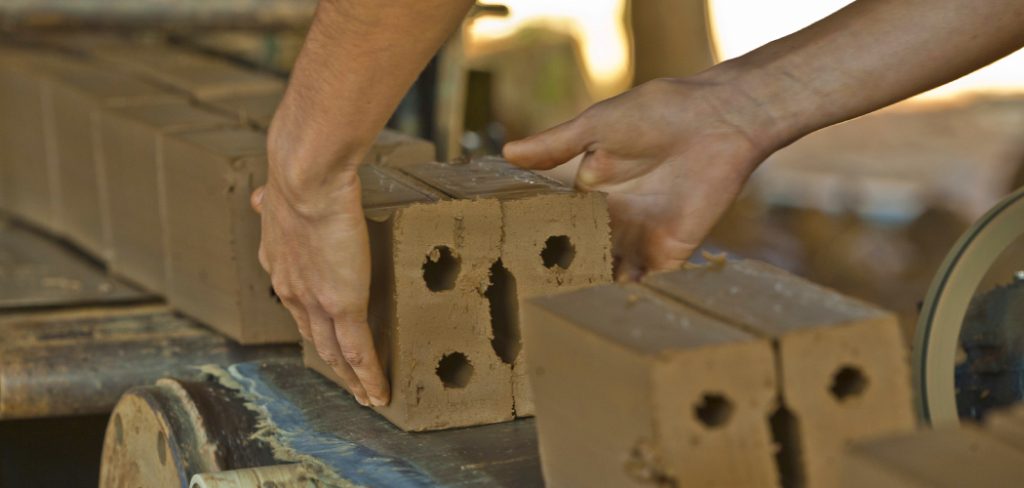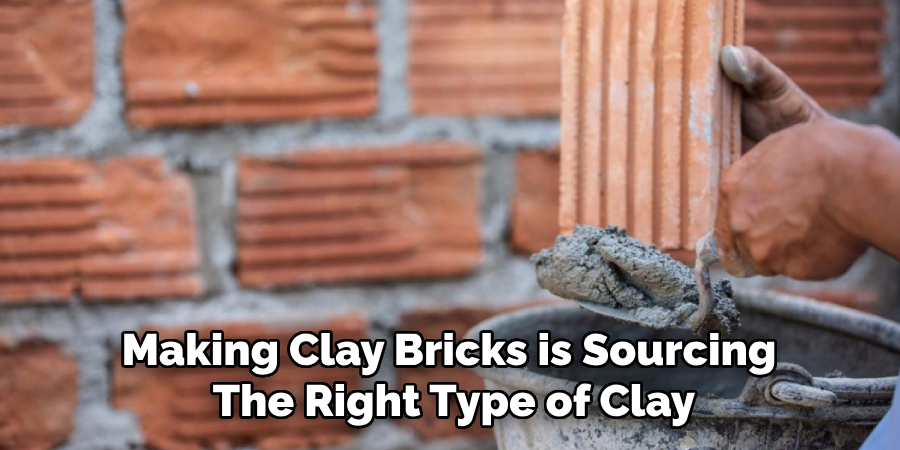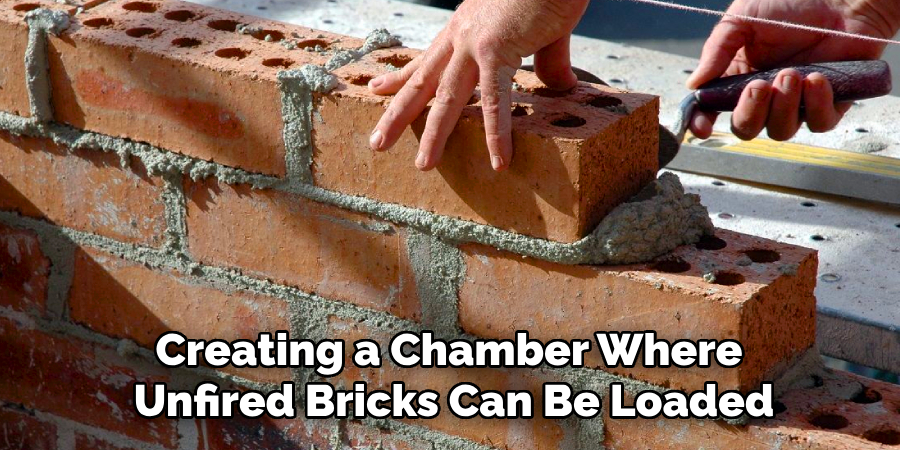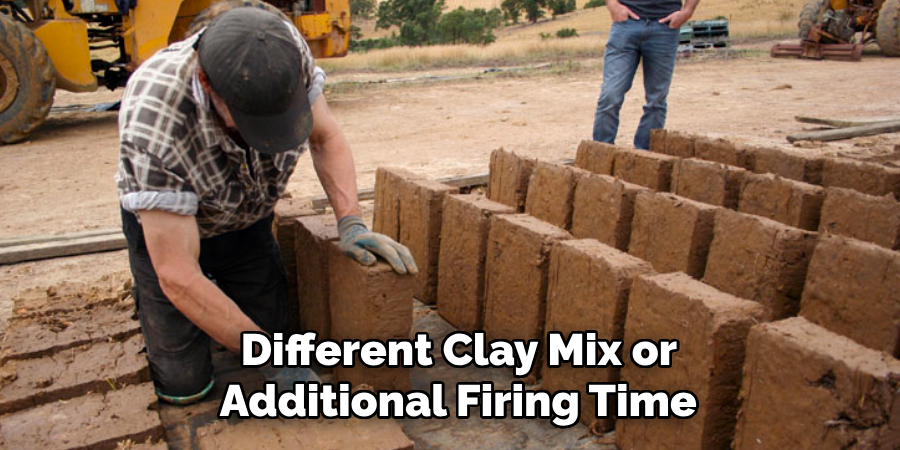Making clay bricks is an ancient craft that has been utilized for centuries to construct durable and reliable structures. This process combines natural materials with simple techniques, making it an accessible and sustainable building solution. Clay bricks are known for their strength, versatility, and thermal properties, which have made them a preferred choice for various architectural applications worldwide. Whether for large-scale construction or artisanal projects, learning how to make clay bricks offers a practical skill and a deeper appreciation of traditional building methods.

Benefits of Making Clay Bricks
Making clay bricks provides numerous benefits both to the builder and the environment. Firstly, clay is an abundant, natural material, making it a cost-effective and readily available resource. Clay bricks are highly durable, capable of withstanding harsh weather conditions and sustaining structural integrity over time. Their excellent thermal properties help regulate indoor temperatures, reducing the need for artificial heating and cooling, which contributes to energy efficiency. Additionally, crafting clay bricks can be a sustainable practice, especially when using traditional methods that minimize environmental impact. Beyond practicality, the process of making clay bricks fosters creativity and a connection to heritage, offering a rewarding and hands-on experience that celebrates craftsmanship and resourcefulness.
Gathering Materials and Tools
Before starting the process of making clay bricks, it is essential to gather the necessary materials and tools. The primary material needed is clay, preferably sourced from local deposits to ensure cost-efficiency and sustainability. Water is also required to bind the clay and create the proper consistency for shaping. Sand is often mixed with the clay to increase brick strength and reduce cracking during drying. If available, straw or other natural fibers can be added for additional reinforcement.
Regarding tools, a sturdy shovel is necessary for mixing and preparing the clay, while a container or pit serves as the mixing area. Wooden molds are used to shape the bricks into the desired size and form, and a flat surface, such as a drying rack or clean ground, is needed for air-drying the shaped bricks. Access to a kiln or space for constructing a simple fire pit will be essential if you plan to fire the bricks for added durability. Ensuring you have the correct materials and tools upfront will streamline the process and lead to better results.
10 Methods How to Make Clay Bricks
1. Gathering and Preparing Natural Clay

The first step in making clay bricks is sourcing the right type of clay. Clay can be found in riverbanks, ponds, old stream beds, or even your backyard. The best clay for brick-making should be free of large rocks, sand, and organic debris. Once collected, break up the clay into smaller pieces and remove impurities by sieving it or soaking it in water to let unwanted materials settle. To ensure workability, mix the clay with fine sand in a 3:1 ratio, which improves strength and prevents excessive shrinkage.
2. Hand Molding Traditional Clay Bricks
One of the simplest ways to shape clay bricks is by hand molding. After preparing the clay, roll it into a ball and press it into a rectangular wooden mold or shape it directly with your hands. If using a mold, ensure it is lightly coated with sand or water to prevent sticking. Press the clay firmly into the mold and smooth out the surface. After shaping, gently remove the brick from the mold and set it aside to dry. This method works well for small-scale production and historical reenactments of traditional brick-making.
3. Using a Wooden or Metal Brick Mold
A wooden or metal mold ensures uniform brick sizes and makes the process more efficient. To use this method, construct a simple rectangular mold with dimensions around 9 inches long, 4 inches wide, and 3 inches deep. Lightly oil or sand the mold’s interior to prevent the clay from sticking. Pack the prepared clay firmly into the mold, pressing down to eliminate air pockets. Level off the top, then turn the mold over and tap it gently to release the brick. Multiple molds can be used at once to increase production efficiency.
4. Sun-Drying Bricks for Air-Dried Construction

Sun-drying is an ancient technique for hardening bricks without firing. Once the bricks are molded, lay them flat on a clean surface under the sun. The drying process can take several days to weeks, depending on climate conditions. To prevent cracking, bricks should be turned periodically and shaded during the hottest part of the day. Sun-dried bricks are suitable for low-load structures like garden walls, but they are not as durable as kiln-fired bricks.
5. Firing Bricks in a Pit Kiln for Strength
For stronger bricks, they must be fired in a kiln. A simple pit kiln can be constructed by digging a trench or pit and stacking dried bricks inside. Cover the bricks with dry wood, coal, or agricultural waste like straw, then set the pile on fire. The bricks should be fired for at least 24 hours to ensure full vitrification. The heat transforms the clay into a hardened material that resists water and weathering. After cooling, the bricks can be removed and tested for strength.
6. Constructing a Simple Homemade Brick Kiln

A more controlled way to fire bricks is by building a homemade kiln. A basic kiln can be made using stacked bricks with gaps for airflow, creating a chamber where unfired bricks can be loaded. Fire is introduced through openings, and a chimney allows smoke to escape. The kiln should maintain high temperatures (around 1,800°F or 1,000°C) for at least 24-48 hours. A well-built kiln ensures even heat distribution, leading to stronger and more durable bricks compared to pit firing.
7. Adding Straw or Organic Fibers for Adobe Bricks
Adobe bricks are a variation of clay bricks made by mixing straw, hay, or other fibers into the clay. These fibers help bind the clay and prevent excessive cracking during drying. The mixture is shaped into bricks using molds, then left to dry under the sun. Adobe bricks are popular in arid climates because they provide excellent insulation against heat and cold. Though not as strong as fired bricks, they are an eco-friendly and low-cost building material for homes and walls.
8. Using Pressed Clay Bricks for Compact Strength
Pressed clay bricks are made using mechanical or manual brick presses, which apply high pressure to compact the clay. This method removes excess moisture and air pockets, resulting in a denser, stronger brick. A simple hand-operated brick press can be used for small-scale production, while hydraulic presses are used in large-scale manufacturing. Pressed bricks dry faster and require less firing time, making them an efficient alternative to traditional molded bricks.
9. Improving Strength with Lime or Cement Additives
To enhance brick durability, a small amount of lime or cement can be mixed into the clay. Lime helps stabilize the clay, reducing shrinkage and cracking during drying. Cement makes the bricks water-resistant and stronger, especially if they will be used in wet conditions. The ideal mixture ratio is about 10% lime or cement to the total clay volume. This method is especially useful for making bricks in areas where high-quality firing is not possible, as the cement-lime mix improves the final strength.
10. Testing and Stacking Bricks for Proper Curing

Before using clay bricks in construction, they should be tested for quality. A good test is to drop a brick from waist height—if it breaks easily, it may need a different clay mix or additional firing time. Bricks should also be tapped with a metal rod; a ringing sound indicates proper firing, while a dull sound may suggest internal moisture. Once confirmed strong, bricks should be stacked in a crisscross pattern to allow for even air circulation. Proper curing ensures that the bricks remain durable and ready for building projects.
Maintenance and Upkeep
Proper maintenance and handling of clay bricks are essential to ensure their longevity and performance in construction. Begin by storing unused bricks in a dry, well-ventilated area to prevent moisture absorption, which can weaken the material over time. For bricks already used in structures, inspect them periodically for signs of wear, cracks, or erosion, particularly in areas exposed to harsh weather, such as rain, frost, or intense sunlight. If damaged bricks are detected, they should be replaced or repaired promptly to prevent structural weaknesses from spreading.
Cleaning bricks is another crucial aspect of upkeep. Dirt, moss, or stains can be removed using a soft brush and water mixed with a mild detergent. Avoid using harsh chemicals or high-pressure washers, as these may erode the brick surface. For older brick structures, consider applying a sealant to protect them from water penetration while allowing the material to breathe naturally.
Conclusion
Making clay bricks is an ancient and valuable skill that allows you to create durable building materials using natural resources. Whether using simple hand-molding techniques, pressing bricks with a mechanical device, or firing them in a kiln, each method offers a unique approach to crafting strong, functional bricks. Sun-dried bricks work well for lightweight structures, while kiln-fired bricks provide lasting durability. So, there you have it – a quick and easy guide on how to make clay bricks.
Specialization:
- Master of wheel-throwing, hand-building, and advanced glazing techniques
- Focus on creating both functional pottery and decorative art pieces
Recognition:
- Celebrated by collectors and art enthusiasts for creating one-of-a-kind pieces that blend artistry with functionality
- Participates in local and national exhibitions, earning accolades for his innovative designs and craftsmanship
Passion:
- Deeply committed to exploring and pushing the boundaries of ceramic artistry
- Continuously experiments with new materials, firing techniques, and artistic concepts to evolve his craft
Personal Philosophy:
- Believes in the transformative power of art, aiming to evoke emotions and connections through his ceramic creations
- Advocates for sustainability in ceramics, using eco-friendly materials and practices whenever possible


